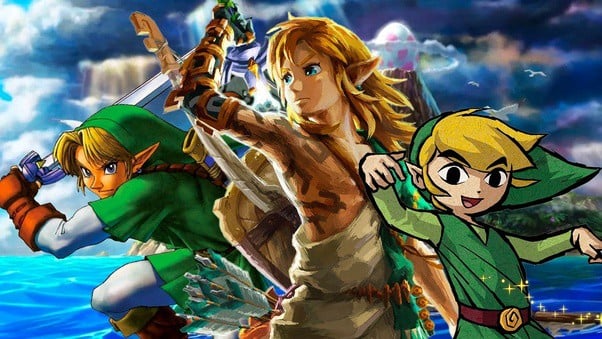Despite the reveal of the series’ complex and intricate timeline in the Hyrule Historia compendium as part of its 25th anniversary, The Legend of Zelda series has its fair share of games connected to one another. Sure, nearly every game features its own version of Link and Zelda battling against Ganon as part of their eternal curse to remain in conflict with one another throughout the ages, but that doesn’t mean the Zelda series can’t have sequels. Quite the contrary, in fact, as the first two games in the series are directly (ahem) linked. Even though most new games in the series take place in their own continuity within the timeline, there are plenty of great Zelda games that are actually direct sequels to previous titles.
The Zelda series features a long history of sequels throughout the franchise, with at least one set of games connecting to each other in each era of the series. From the NES to the Switch, practically every console generation has at least one Zelda game with a direct sequel following it. The Legend of Zelda: Tears of the Kingdom is simply the latest in a long line of excellent Zelda sequels.
The Legend of Zelda, Zelda II: The Adventure of Link (NES)
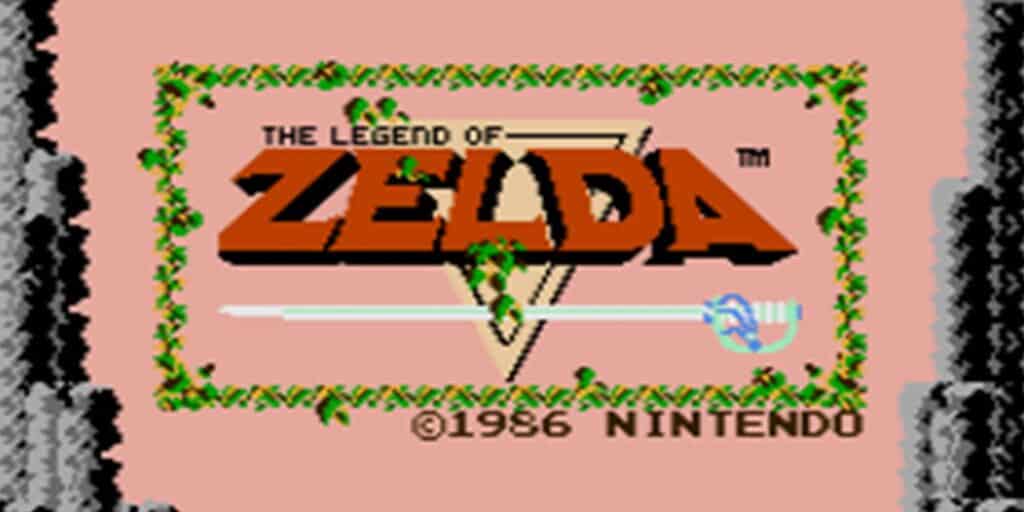
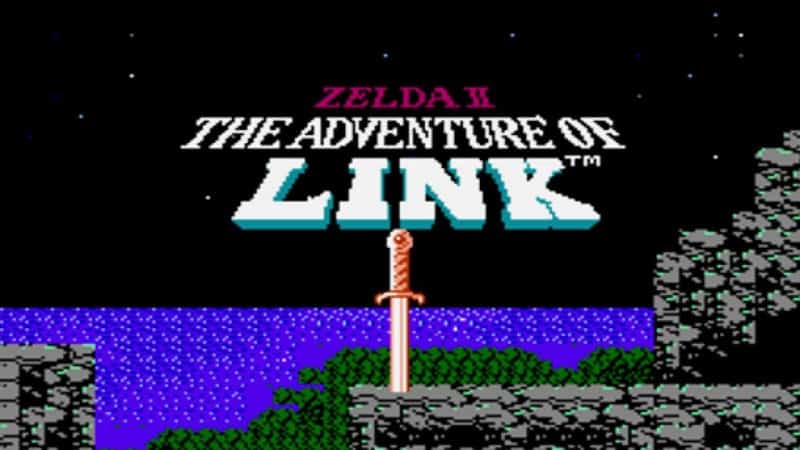
The original Legend of Zelda saw its release in 1986 in Japan and in 1987 in North America, cementing the franchise’s enduring legacy. With the success of the original, it was only a matter of time until Nintendo began work on a sequel. Sure enough, Zelda II: The Adventure of Link soon followed. Releasing on the Famicom in Japan before the original Legend of Zelda made its way to Western screens, Zelda II is a notorious departure from its predecessor. Like many other NES games of the era, Nintendo decided to try something different for the sequel and follow up to one of its most successful games, and the results were polarizing. Castlevania II: Simon’s Quest, the Western release of Super Mario Bros. 2, Zelda II; each of these titles distance themselves from their predecessors with radically different mechanics and perspectives.
Zelda II opts for a much more action-RPG approach than its decidedly action-adventure predecessor, and the game is significantly more difficult. The story picks up 6 years after the events of The Legend of Zelda, with this era’s Link now 16 and learning of the long line of Hyrule royalty going by the name Zelda. After seeing the original Zelda, Princess Zelda I, trapped in an eternal slumber, Link vows to break the curse and free Hyrule of the evil gripping the land. Zelda II is famously the last story to take place in the “Era of Decline” timeline, indicating it’s the final adventure before that timeline’s version of Hyrule achieves lasting peace.
A Link to the Past, Link’s Awakening (SNES, Game Boy)
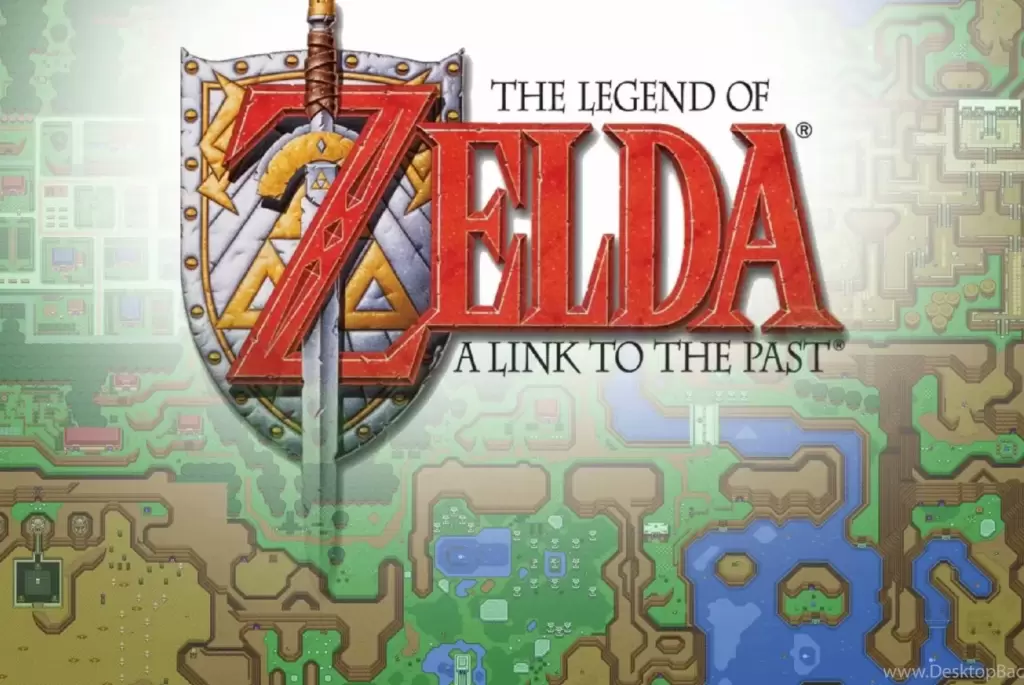
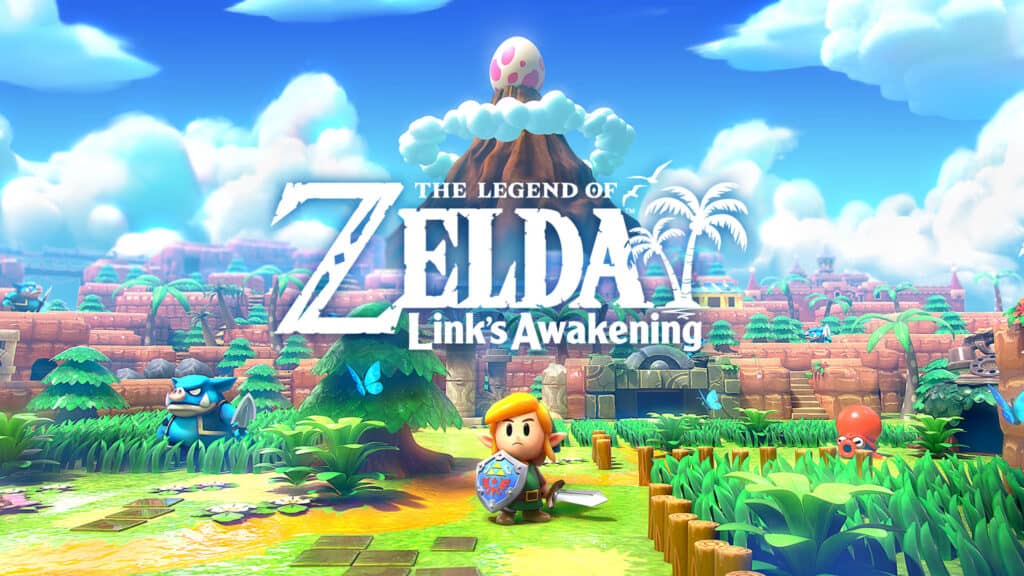
After the departures of Zelda II, A Link to the Past is a glorious return to form for the Zelda series. Still considered by many to be the best 2D Zelda game (if not the best game in the series), A Link to the Past‘s design template inspired a slew of Zelda games that follow it, but only one direct sequel. Many assume that A Link Between Worlds for the 3DS is the direct sequel to A Link to the Past, but this is actually incorrect. Both games feature the same version of Hyrule, but their respective Links and Princess Zeldas are different. Additionally, A Link Between Worlds takes place more than 100 years after the events of LttP. No, there’s only one direct sequel to the SNES Zelda classic, and that’s its Game Boy follow up and fan-favorite title — The Legend of Zelda: Link’s Awakening.
Releasing for the Game Boy in 1993 (just two years after A Link to the Past), Link’s Awakening uses similar graphical assets and perspective as its SNES counterpart but switches up the setting from Hyrule to Koholint Island. According to the Hyrule Historia depiction of events, Link departs Hyrule after his adventure in A Link to the Past to go train. While sailing back to Hyrule from his training, the ship he is on encounters a terrible storm and Link washes ashore on Koholint Island. The game eventually reveals (not so subtly) that the entire proceedings are a dream, but that doesn’t change the fact that Link’s Awakening takes place immediately following LttP and features the same Link. And, like its predecessor, Link’s Awakening features some pitch-perfect 2D Zelda gameplay.
Ocarina of Time, Majora’s Mask (N64)
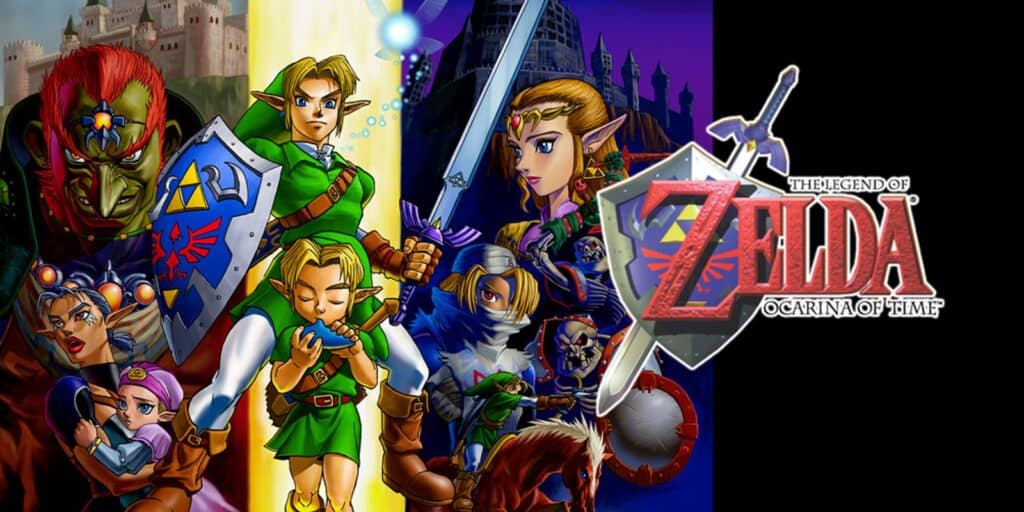
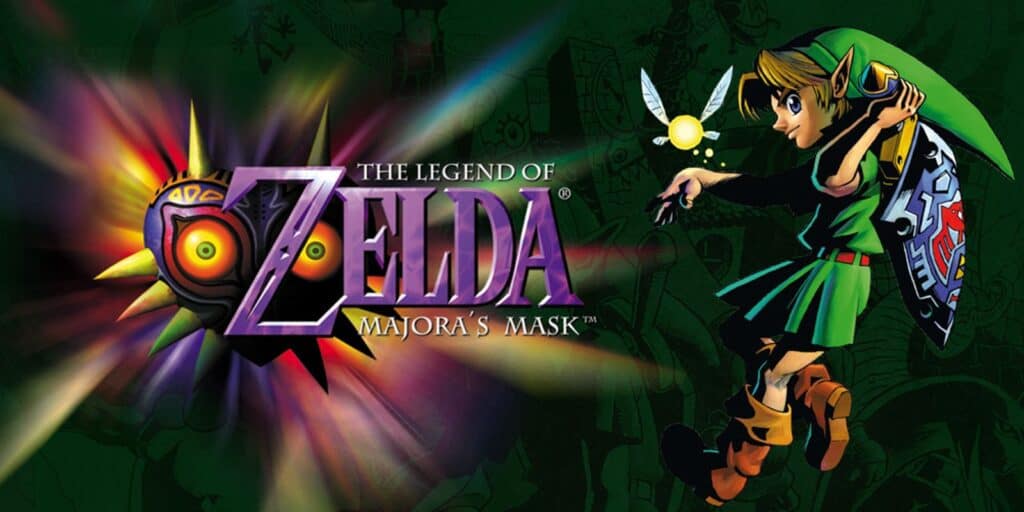
The next set of sequels in the series’ history are frequently referenced as two of the best games in the series, and Nintendo makes sure to connect both games by having them be incredibly similar despite their different settings. Arriving in 1998, Ocarina of Time is the Zelda series’ first foray into 3D and one of the most important games of all time. To this day, Ocarina of Time holds the record for being the highest-reviewed game in history, and its gameplay establishes the template that every 3D Zelda game uses up until the release of Breath of the Wild. Like the original Legend of Zelda, the success of Ocarina of Time practically made a sequel a foregone conclusion, and Majora’s Mask would come to players just two years later.
Taking Link out of Hyrule and into the mysterious land of Termina, Majora’s Mask may share gameplay and visuals with Ocarina of Time but the two could not be more different. After emerging victorious from his battle with Ganon, Link returns to the time 7 years prior when he pulls the Master Sword from its stone. Telling Zelda the threat Ganondorf poses, the Princess decides to send Link away for his safety. Link’s arrival in Termina only leads to more adventure, as the young hero must stop the moon from plummeting to the earth in only 72 hours. Majora’s Mask uses much of the same DNA from Ocarina of Time but has a unique time loop gameplay mechanic and a decidedly darker tone. Its uniqueness among other games in the series cements it as a fan-favorite game despite borrowing so heavily from Ocarina of Time.
Oracle of Ages/Oracle of Seasons (Game Boy Color)
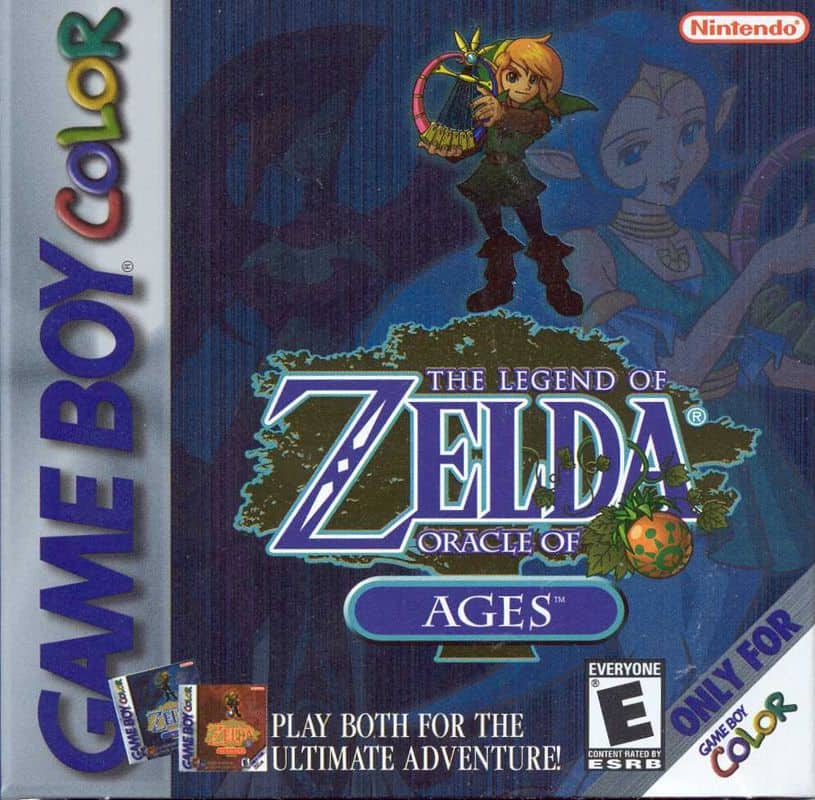
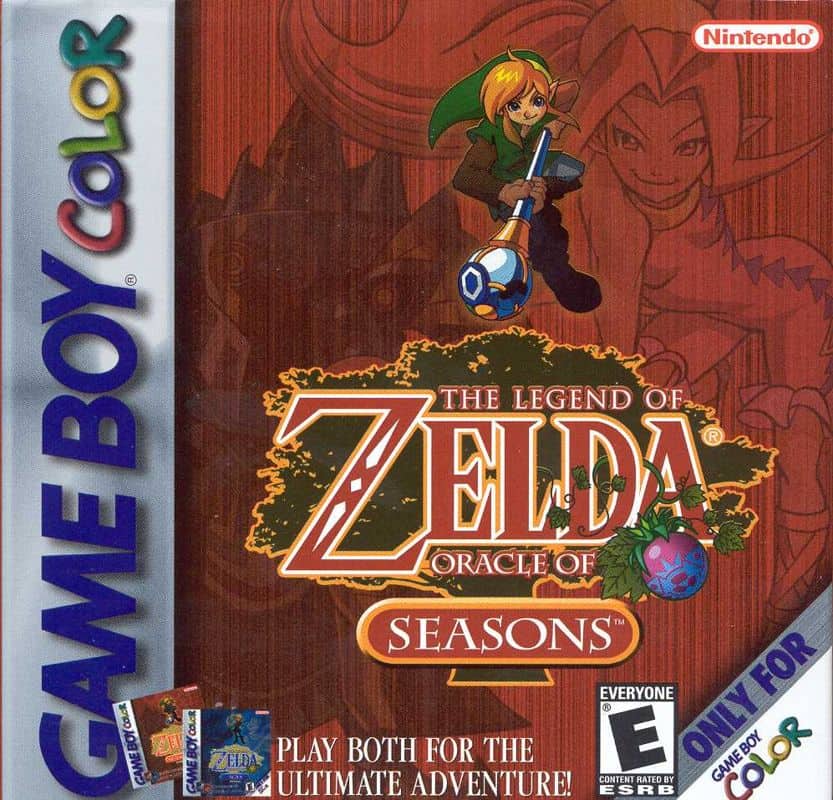
The Oracle games stand on their own within the Zelda chronology for several reasons. For one, the games share a release date but are technically sequels to one another that players can tackle in any order. Further, both games share co-development from Capcom, who inject their skill at crafting excellent action-adventure games into the Zelda franchise perfectly. Regardless of which game players choose to play first, saving a complete playthrough and importing the file to the other will unlock a secret ending and final boss. Who is the final boss? You guessed it — Ganon.
Like Link’s Awakening, both Oracle of Ages and Oracle of Seasons borrow heavily from the template of A Link to the Past, but the games are not directly connected. According to the lore, a new version of Link ventures outside of Hyrule into the lands of Labrynna and Holodrum, where he encounters Impa on a mission to protect the games’ titular Oracles by escorting them back to Hyrule. Of course, things don’t go as planned, and Link finds himself smack dab in the middle of a time and weather-altering adventure. Both of the Oracle games feature some of the best combat and puzzle design of the 2D Zelda games, and playing both of them is the only way to get the complete experience intended by the developers.
The Wind Waker, Phantom Hourglass (GameCube, DS)
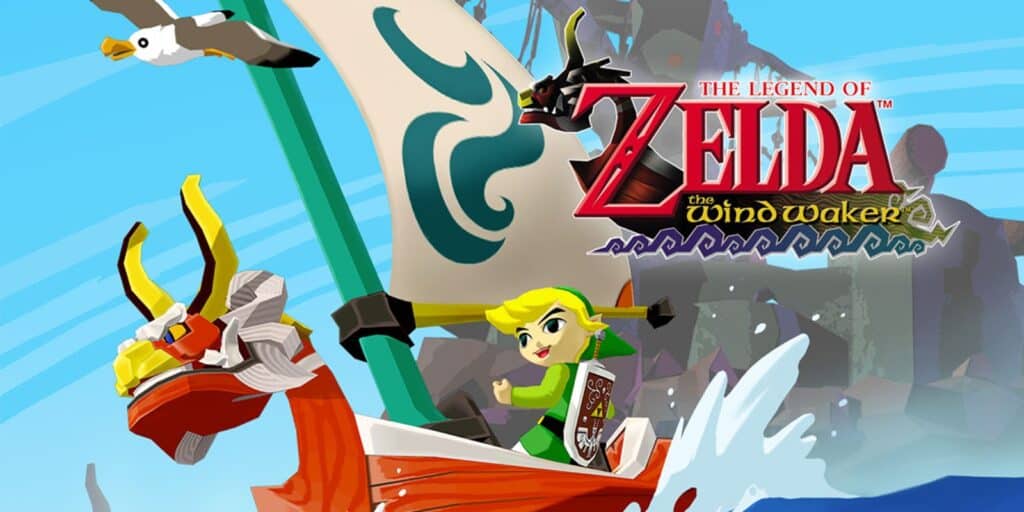
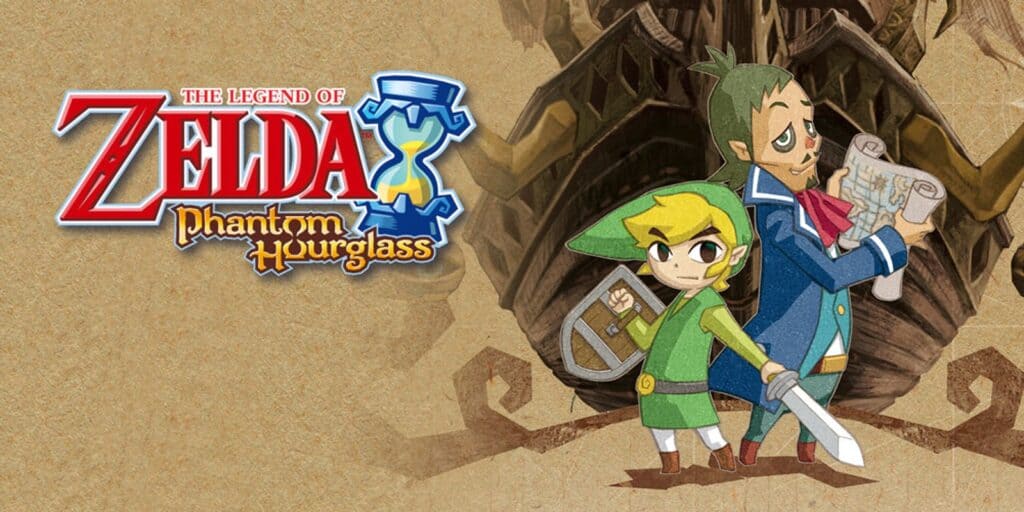
Although the reveal of the title was initially met with controversy, The Wind Waker continues to persist as one of the most-loved Zelda games in hindsight. The “Toon Link” art style helps to make the game more of an ageless quantity than some of its 6th generation contemporaries, and the appeal of the style is apparent when looking at how many other games in the Zelda series use the style. Though it would be fair to assume that every game using the “Toon Link” art style is in some way connected to The Wind Waker, there’s actually only one other game in the series that is a direct sequel to it. Taking place immediately following the events of the GameCube classic and using the same versions of Link and Zelda is Phantom Hourglass.
The first of two DS Zelda games that heavily incorporate the device’s stylus into gameplay, Phantom Hourglass continues the nautical adventures of its predecessor. Following the ending of Wind Waker, in which Link and Zelda vow to establish a new Hyrule rather than resurrect the original, Phantom Hourglass begins with the duo setting sail in search of land. Along the way, Zelda finds herself prisoner of an evil entity residing in a ghost ship, and Link must set out on an adventure to free her. The story of Phantom Hourglass concludes with the establishment of a new kingdom of Hyrule, and it’s in this kingdom that the next DS Zelda (Spirit Tracks) takes place 100 years later.
The Legend of Zelda: Breath of the Wild, Tears of the Kingdom (Switch)
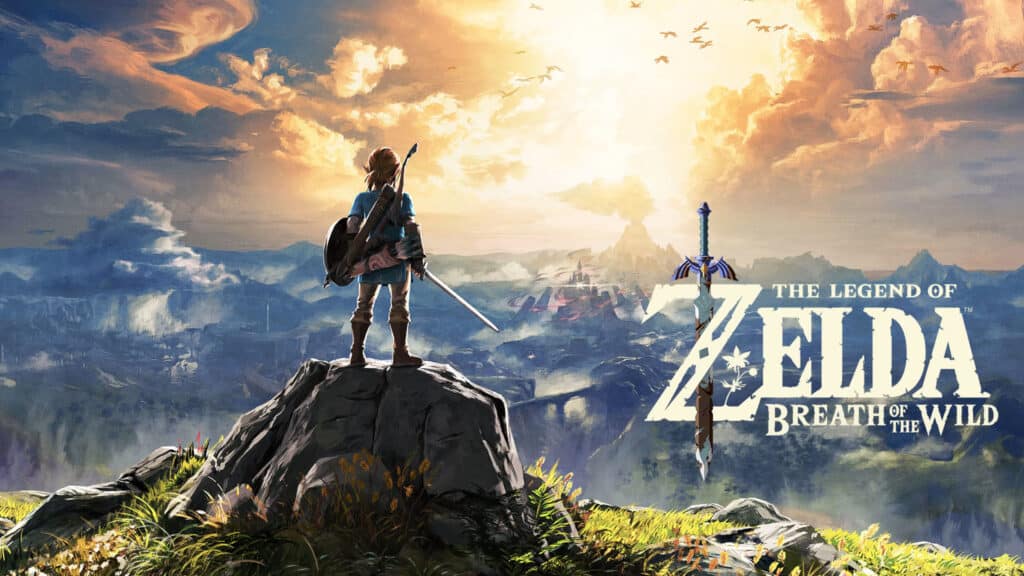
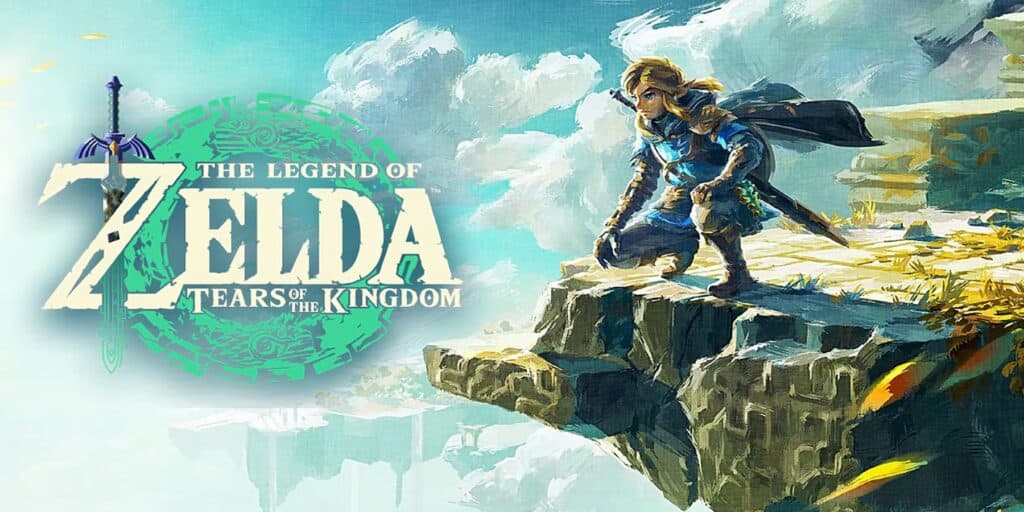
The most recent direct sequels in the series also happen to have the longest distance between their release, with players waiting 6 long years for a follow-up to Breath of the Wild. Breath of the Wild radically reinvents The Legend of Zelda as an open-world game more akin to its original incarnation. Players have near limitless freedom in how they approach the game’s main quest and plethora of side content, leading to some players spending upwards of 1000 hours in its version of Hyrule. With the runaway success of the game, outselling all previous 3D Zelda titles combined, a sequel was something that fans were clamoring for. After several delays and a shift from a large DLC to a full-blown standalone title, Tears of the Kingdom finally saw its release in May of this year.
The prevailing concern leading to Tears of the Kingdom‘s release was that the game would do little to differentiate itself from Breath of the Wild, but those concerns were quickly dashed once players got their hands on the title. Expanding the beautiful world of Hyrule from Breath of the Wild both above and below, TotK features three distinct game worlds and maps, each with their own rules and enemies. Additionally, the sequel introduces so many new mechanics (such as the crafting ability Ultrahand) that it’s amazing they all fit into a single title. Breath of the Wild still marks a paradigm shift for the series, but Tears of the Kingdom establishes that the Zelda team still has an incredible amount of creativity up their collective sleeves.
